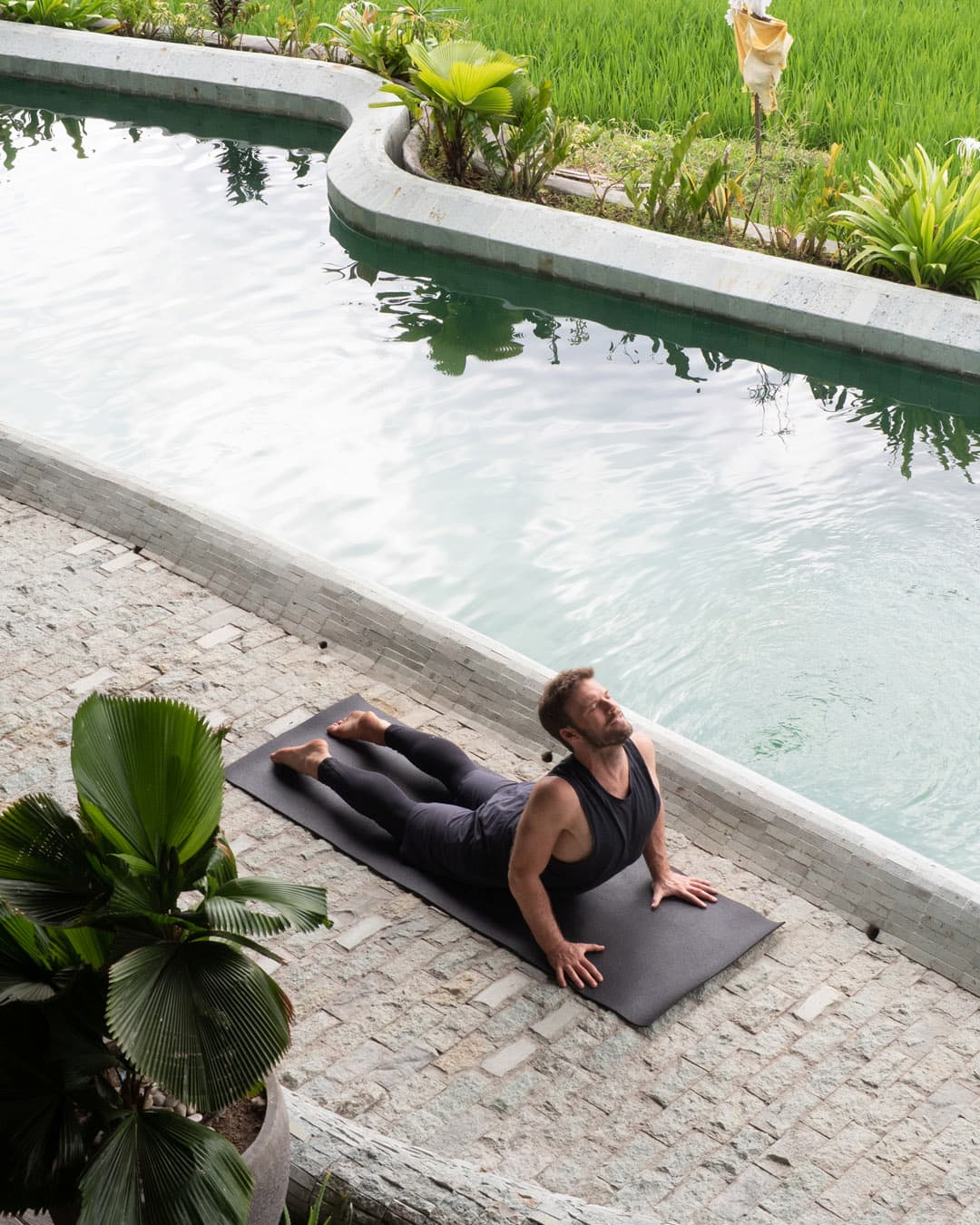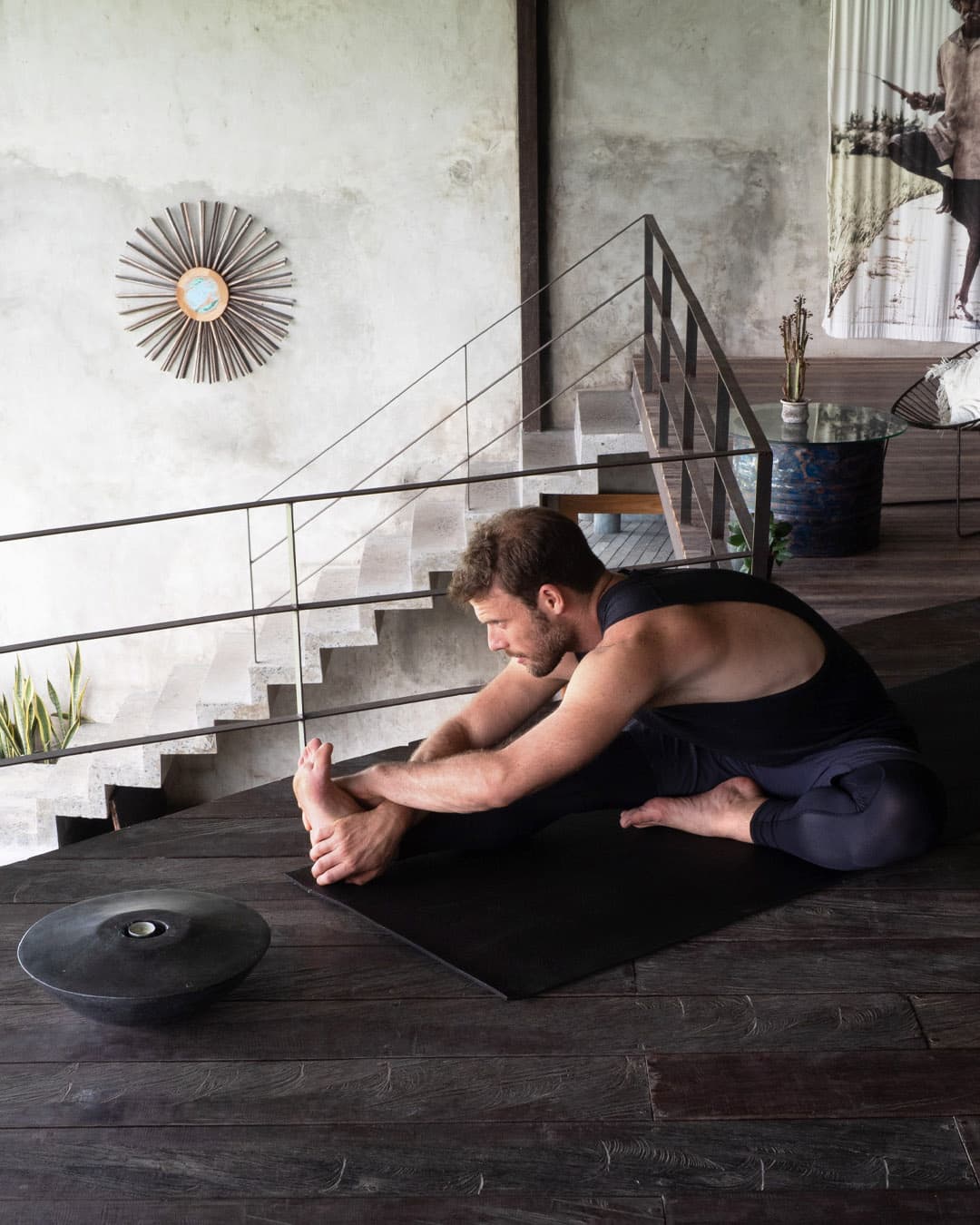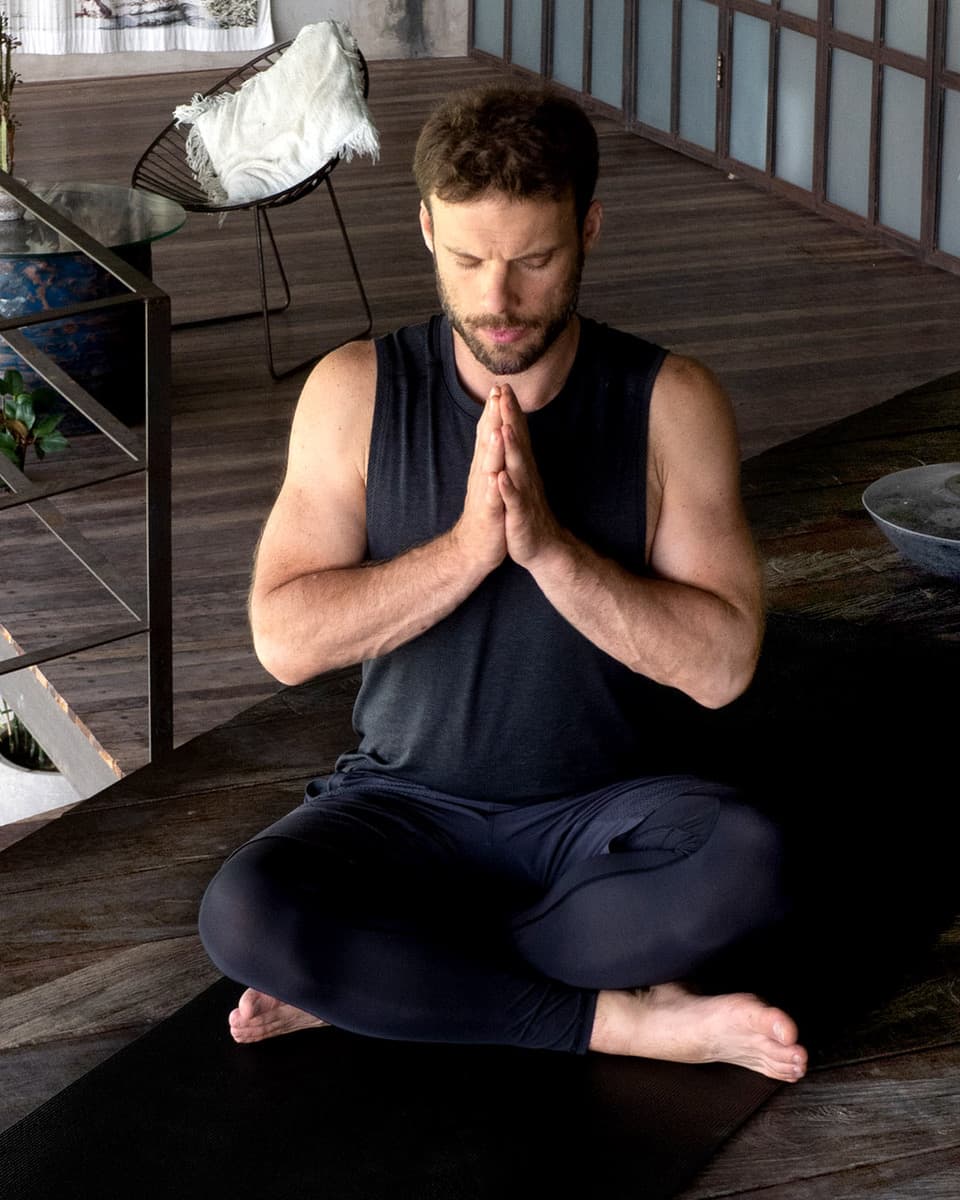
URDHVA MUKHA SHVANASANA OR UPWARD FACING DOG
April 04, 2021Upward Facing Dog Pose is a back-bending asana found in modern Hatha yoga flow classes and Kundalini yoga exercises. It is commonly part of the widely-performed Surya Namaskar (Salute to the Sun) sequence, though the similar Bhujangasana (cobra pose) may be used there instead.
The name of the pose is from the Sanskrit names Urdhva, that means "upwards"; Mukha means "face"; and the word Shvana, meaning "dog". The pose is one of those introduced by Krishnamacharya in the mid-20th century from Surya Namaskar, and later taught by his pupils Pattabhi Jois and B. K.S. Iyengar. This pose today, has been passed down and is taught in online yoga classes as well as in online yoga teacher trainings (YTT).
Benefits & Commonalities:
- Stretches the spine
- Strengthen the arms and the wrists
- Expands the chests
- Stretches abdomen
- Improves digestion
- Strengthens hip extensor
- Stimulates abdominal organs
- Taught in best yoga schools globally
- Commonly taught in all online yoga 200 hour certifications
Step by step instructions:
- Lie flat on your belly with the top of your feet facing downwards. Your arms should be stretched down the length of the body.
- Bend your elbows and spread your palms beside the lowest rib.
- As you inhale, press your palms firmly on the mat and slowly lift your torso, hips and knees off the mat. The entire weight of the body should be resting on the palms and top of the feet.
- You may look straight ahead or tilt your head slightly backwards.
- Ensure that your wrists are in line with your shoulders and the neck is not strained.
- Keep your tights and legs engaged
- Stay in this pose for a couple of breaths.
- As you exhale, slowly lower your knees, hips and torso back on the mat.
Contraindications:
- Avoid doing this posture if you suffer from Carpel Tunnel Syndrome
- Avoid it in case of back injury that is aggravated due to extension.
- Pregnant women should perform this posture under a guidance
- If you have fused vertebrae or disc injury (such as a slipped disc), proceed with caution.
- Shoulder or arm injuries may make this pose painful or difficult.
- If you have questions and are not sure if this yoga posture is right for you, please reach out to a yoga teacher or yoga instructor near you who has completed yoga teacher training (YTT).
Modifications and variations:
- In case of a neck injury, it is usually best to look straight ahead instead of looking up in the pose.
- If you are in your late second or third trimester of pregnancy, you may wish to support your hips with yoga bolsters.
- Students with wrist injuries may wish to use a yoga wedge or folded yoga mat or blanket to limit wrist extension.
- If you have tight hips, or tight hip flexors, place your hands on yoga blocks. This will help decrease the amount of hip extension needed in this pose so you can focus on opening your chest and strengthening your shoulders.
ARCHIVES
RECENT ARTICLES
JANU SIRSASANA - HEAD TO KNEE FORWARD FOLD
October 28, 2022
JANU SIRSASANA - HEAD TO KNEE FORWARD FOLD
October 28, 2022
JANU SIRSASANA - HEAD TO KNEE FORWARD FOLD
October 28, 2022
JANU SIRSASANA - HEAD TO KNEE FORWARD FOLD
October 28, 2022
LOVINGKINDNESS MEDITATION
October 18, 2022







